Do you have zinnias in your garden? Are you thinking of What To Plant With Zinnias Flower? Read on to get ideas about the plants that you can add.
If you are looking for one of the easiest flowers to grow, zinnias are a top choice. These plants have the ability to hit a growth spurt, and they bloom gorgeously as well.
Zinnias can keep producing flowers till the chilly frost of fall takes place. If you are opting for a beautiful splash of color in the garden, you should definitely opt for zinnias.
With their vibrant and beautiful colors, these flowers can help in giving an amazing look to your garden.
What Are Zinnias?
Zinnias are not perennials; they are known to be annual – this means that they tend to finish their life cycle in a time span of one year.
In one season, they tend to grow for the production of seeds and flowers; however, the plant does not come back for a series of years.
Many people get confused with the flower’s appearance as Zinnias look similar to dahlias.
These flower heads are solitary and vibrant; they closely resemble the flower heads of daisies! These flowers constitute an erect stem that is single, and these characteristics allow them to be used as a delicious meal for butterflies and cutting flowers.
Types of Zinnias
Zinnia Elegans are known as the most common and popular species of zinnia. They are bred for the purpose of production of a huge amount of unique varieties.
You can mainly find three different kinds of zinnia flowers which are:
- Single
- Double
- Semi-double
The uniqueness of these three kinds of zinnia flowers comes due to the different amount of rows of petals and the visibility of the Centrepoint of the flowers.
Single-Flowered Zinnias
The center of single-flowered zinnia is quite prominent. The petals of these flowers are arranged in a single row.
Double-Flowered Zinnias
These flowers have many different rows of petals, and the centers of these flowers are not visible.
Semi-Double Flowered Zinnias
These flowers lie somewhere in the mid. They possess many different rows of petals like the double-flowered zinnias, but the centers are visible in them like the single-flowered zinnias.
Apart from the above-mentioned forms, the zinnia flowers also come in many different shapes, which include buttons, beehives, and even cacti.
You can also find many different heights in these plants. If you are wishing for a background for a garden bed, you can opt for taller plants.
However, if you are searching for a bordering plant for the hardened plant, you can opt for the shorter varieties.
What To Plant With Zinnias Flower: Top 9 Companions
There are many different kinds of plants that you can choose to plant with zinnias. Here are a few examples of them.
- The Purple Fountain Grass
- Vegetable Garden
- The China Aster
- Mealy Cup Sage
- The Dahlia
- The Toothpick Weed
- Dusty Miller
- Salvia
- Alyssum
1. The Purple Fountain Grass
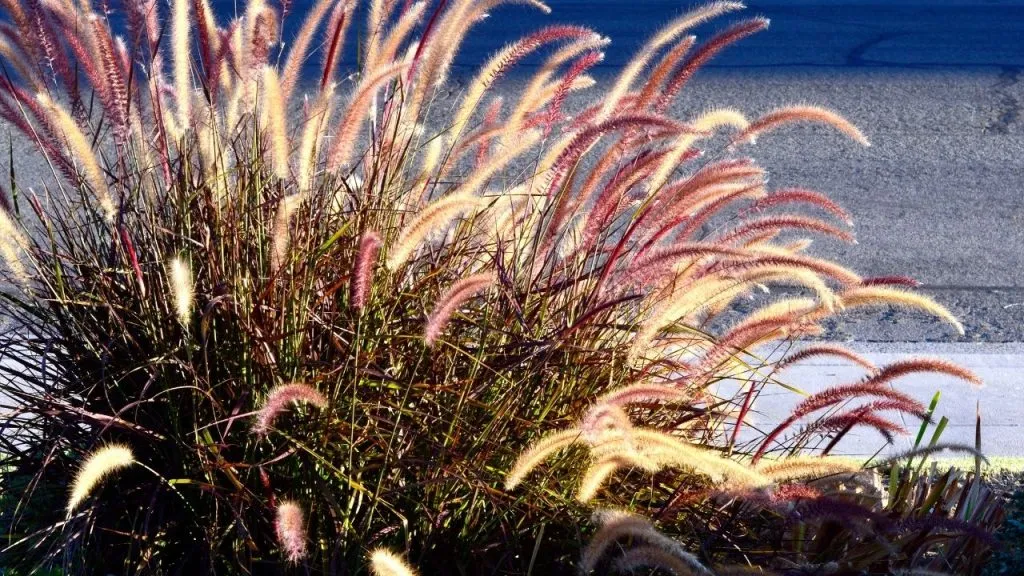
Zinnias are known as amazing plants that may be planted with purple fountain grass. Similar to zinnias, the purple fountain grass does not require high maintenance either.
The Purple Fountain Grass is seen to give out a beautiful splash of color to the garden or patio.
Choosing Purple Fountain Grass to plant with zinnias is a remarkable idea because both plants do not require constant supervision and are also beautiful to look at.
You can observe a stunning contrast in these flowers when the crimson plumes set to arch on a single side.
2. Vegetable Garden
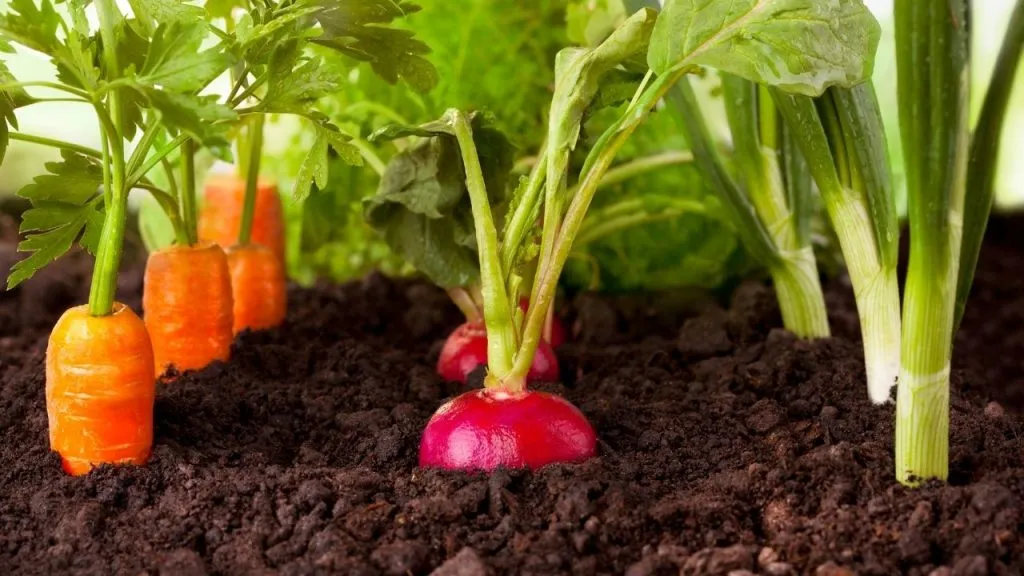
If you have a vegetable garden, zinnias can be the perfect plant to opt for alongside it. You can add many plants to the vegetable garden, which include potatoes, tomatoes, etc.
However, you should be mindful that adding zinnia to the area where tomatoes are located would set up an attraction point for all the winged insects like monarch butterflies and bees.
If your vegetable garden has zinnias, it can even set up an interesting visiting point for the popular migratory butterflies known as the painted lady.
Before planting the zinnias, make sure that you are choosing the right kind. With such a wide variety of zinnias available, you can choose the color scheme according to your interior decoration to give it further appeal.
3. The China Aster
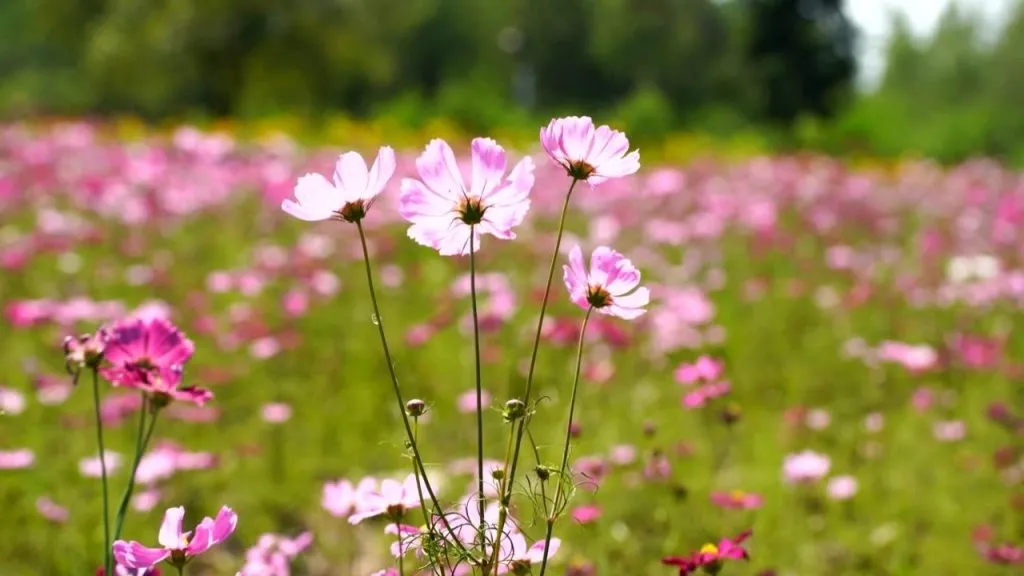
If you are wondering about what to plant with zinnias, the China Aster can be a good plant too. The plant is intensely buoyant and quite rewarding.
With an incredibly gorgeous splash of colors and beautiful blooms, the China Aster make one of the most popular choices for gardeners when they are planting their zinnias.
The China Aster has a growth period that starts from the initial time of summer and extends to the fall season.
The flowers of China Aster can reach a growth of 3.5 inches. The flower tends to initiate its growth from a singular blossom that possesses a golden heart in the midst.
If your plant is a bit more ostentatious, it may also take up the form of a pompon and have double flowers that are fully developed.
The foliage of this plant is quite broad, and they tend to possess a triangular shape with an ovate outline.
4. Mealy Cup Sage
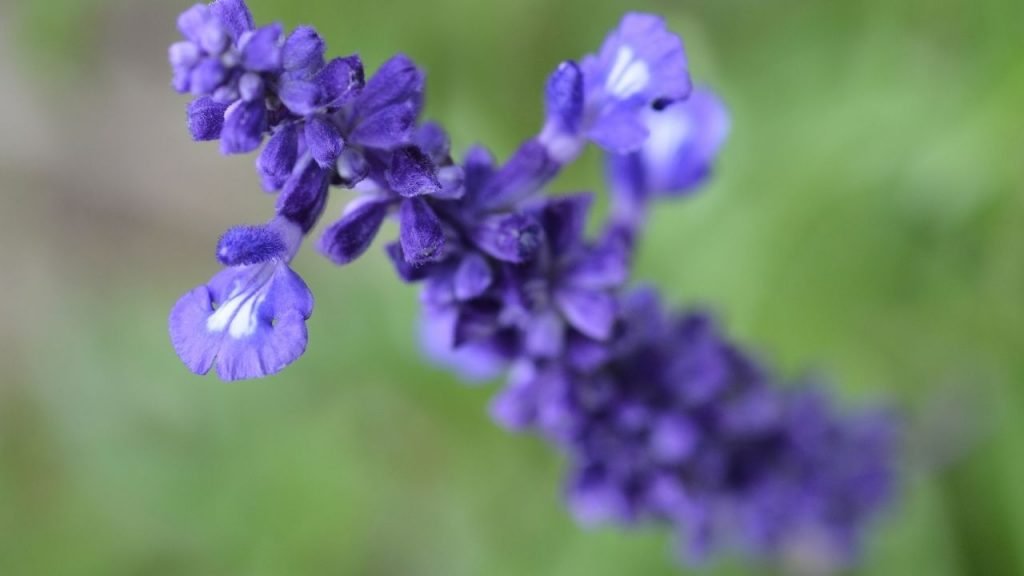
The Mealy Cup Sage is also known as Salvia Farinaaceea. This plant can be a good addition to the garden, which also has a plantation of zinnias.
The Mealy Cup Sage consists of striking hues of violet on the spikes of the flowers. This flower tends to bloom throughout the time of late spring till the arrival of frost.
These are one of the most adaptable plants in the entire globe. They tend to work well in spots that are bright and sunny. You can grow them in annual gardens or even perennials – as per your choice.
If you wish, you can get the grass growing in the ceramic pots or containers for the patio. The rich shade of violet can be cut, dried, and use for your craft projects or bouquets.
5. The Dahlia
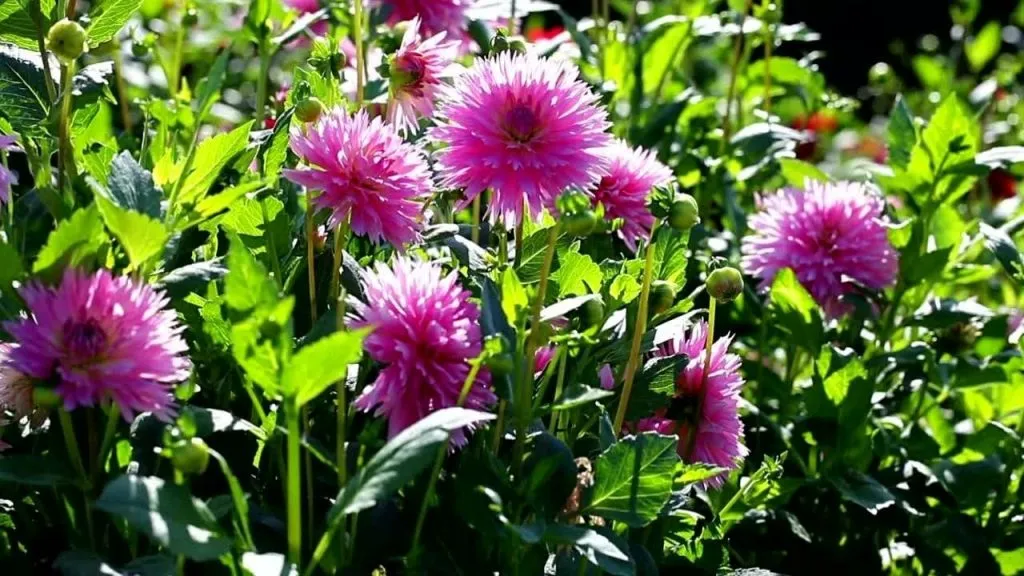
Dahlias are highly popular plants that do not really need an introduction. They tend to be quite impressive due to the gorgeous flowers and striking colors.
Many awards have been won by David Howard Dahlia, which possesses flowers of apricot-orange that go into full bloom against purple foliage.
If you are looking for a combination to plant with zinnias, dahlias can make an apt choice. You can not simply go wrong with this amazing combination.
Dahlias are not too heavy on the top, which allows them to stay upright even if they are wet due to watering.
You do not have to increase your worries in the time of rain – the plants will not droop to one side, nor reduce the appeal of your gorgeous garden.
6. The Toothpick Weed
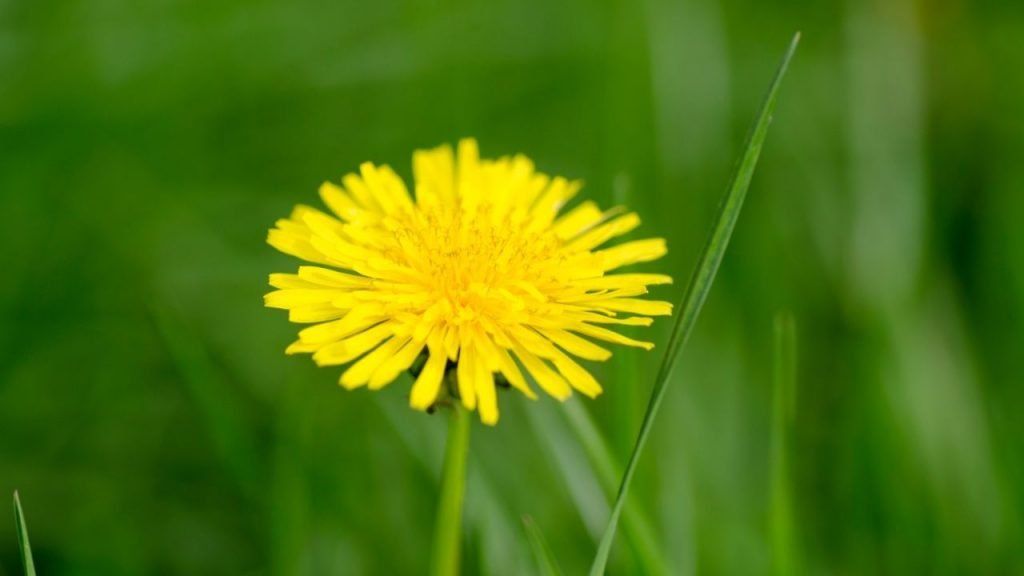
If you have zinnias and you want to partner them up with a plant, you also have an option of toothpick weed.
With the help of the zinnias and toothpick weeds, you can have the garden looking astonishing and stunning in the least.
The Toothpick Weed is a biennial or annual plant that possesses domed umbels. The umbels have the ability to grow out to five inches, and they have flowers that are tightly packed and look absolutely stunning.
If a person wants some stunning plants that are not going to block the light of the sun from her zinnias, the Toothpick weed can be a good choice for it.
These flowers are generally in color, beige or yellow. Hence the zinnias would be the ones that would add the contrast of bright colors.
7. Dusty Miller
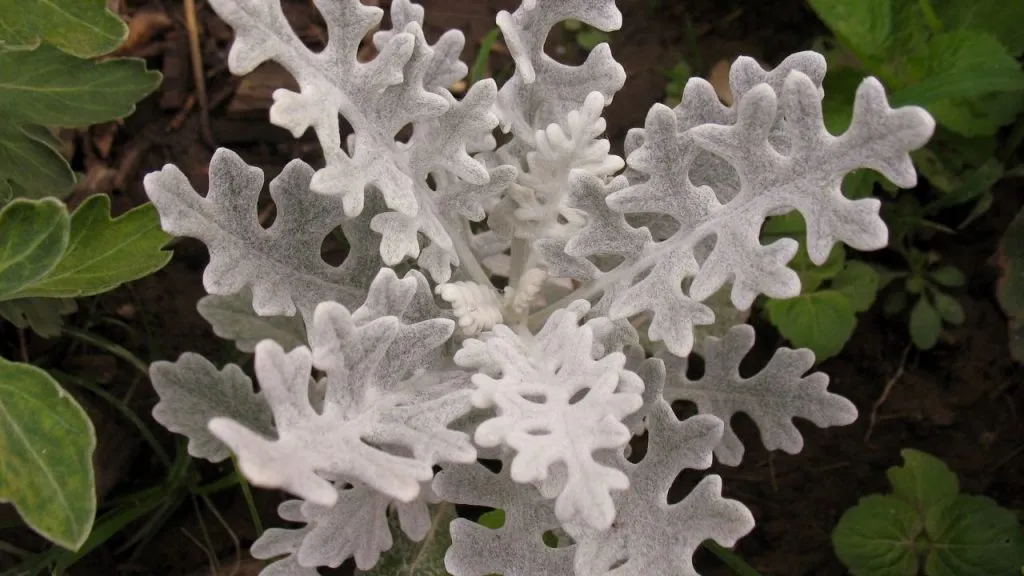
This plant is more popular due to its foliage rather than the flowers. The foliage of dusty miller is in the color of silvery white. Due to the subtle color of this plant, they can be a resting area for the eye amidst the brightly colored zinnias.
There are many different types of Dusty Millers. The main difference in the types of Dusty Millers is due to the laciness in the foliage and the size of the plants.
These plants are low maintenance.
8. Salvia
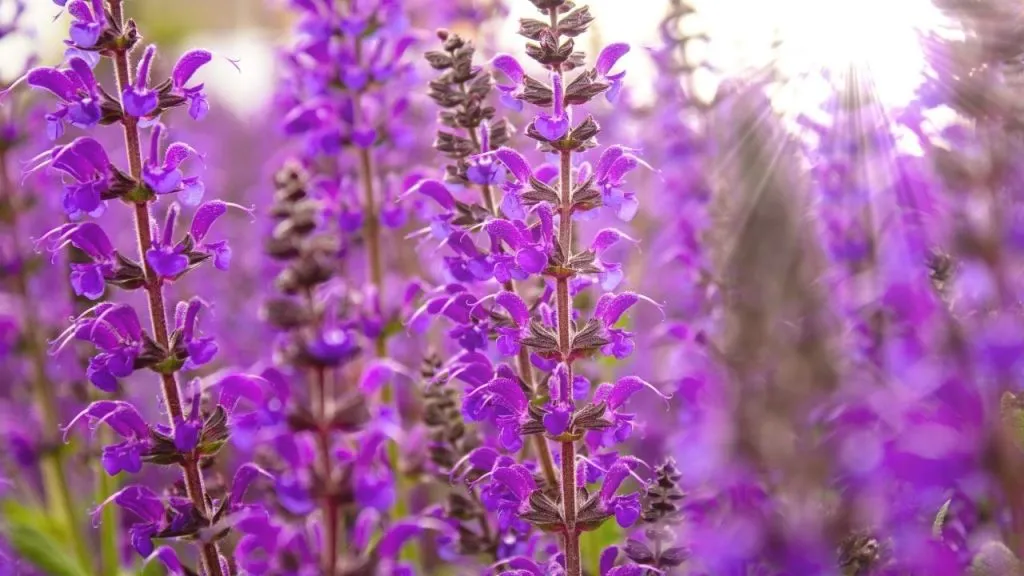
Salvias can be perennials as well as annuals. Both the different types of these plants have flowers that are tubular. The flowers of Salvia tend to be an attraction point for hummingbirds.
If you have dwarf zinnias in the garden, you can add the salvia in the back and help in calling out to the pollinators in the garden.
Salvias come in different colors, like purple, red, pink, and so forth.
9. Alyssum

If you have a garden that has many zinnias, you can also add a border of alyssum to them. The bordering alyssum can be in white color to add a relaxing contrast to the bright colors of zinnias.
If you want to add color to the garden, you can also opt for purple alyssum that will look glorious in any garden.
Conclusion
Zinnias are extremely beautiful and colorful. If you want to add more color to the garden, you can choose plants that have a splash of color.
If you want to mitigate the bright appearance a bit, you can opt for warmer hues in the flowers.
zinnias companion plant FAQs
Q: Can You Plant Zinnias And Marigolds Together?
Yes, you can plant marigolds and zinnias together. They are both quite easy to grow, and they would not be aggressively competing for nutrients in order to grow.
Q: What Happens If You Plant Zinnias Too Close Together?
Zinnias that are planted too closely will form tight clumps when they are bigger. It will result in tight and crowded spacing which will make the plants suffer.
Q: what not to plant with zinnias?
If you are looking to plant zinnias, it is important to be aware of some things that should not be done.
One thing that should not be planted with zinnias is petunias.
Petunias can easily become invasive and will compete with other plants for space.
Additionally, petunias tend to produce large flowers which can be a distraction from the look of your garden.
Q: Can you plant zinnias and marigolds together?
Zinnias and marigolds can be planted together to form a beautiful garden.
They are both high-yielding plants that will make a nice addition to your garden.
Q: Planting zinnias with tomatoes?
Zinnias are a type of cactus and can typically be grown with tomatoes.
While the two plants may not work well together, the zinnias will definitely look great together.
Q: How to plant zinnias and cosmos together?
If you’re looking to plant zinnias and cosmos together, one important thing to keep in mind is that the two plants need to be of the same size.
Zinnias have a tight, fleshy root system and can take up a lot of space, so don’t try planting them next to each other.
Cosmos, on the other hand, has a more spacious root system and can take up less space.
You should also make sure that they are of the same color.
If your zinnias are light green and your cosmos are dark green or blue, you’ll need to change the plants around as they will not mix well.
Q: Can you plant zinnias and dahlias together?
The answer is likely, but it depends on what type of zinnia and dahlia you are planting.
Zinnias are easy to grow, making them a good option for a beginner’s garden.
Dahlias, on the other hand, can be more difficult to grow and require more time and effort.
However, if you have the patience and know what you’re doing, they can be a beautiful addition to your garden.
Q: What to plant in front of zinnias?
Zinnias are a beautiful and easy to care for perennial flower that can be found in many different colors.
If you’re looking to plant them in front of your house, there a few things you should consider. Here are some key things to keep in mind when planting zinnias:
-Zinnias need a rich soil mix with plenty of compost and other organic materials.
-They should be grown in full sun or part sun, but avoid direct sunlight if possible.
-You can water zinnias regularly, but make sure to keep them wet during the hottest parts of the day so they don’t dry out.
Q: How much space do you need between zinnias?
Zinnias are easy to care for and grow in small spaces, but they do best in a mixed flower or rock garden.
You’ll need about 2-3 feet of space between each zinnia.
Q: Can I plant zinnias in the same spot every year?
Zinnias are a perennial flower that can be grown in the same spot each year.
This allows you to save on plants and also means you’ll have them in season all year long.
With careful planning, you can set up your zinnias in a way that gives them plenty of sun and moisture.

My name is Olivia, and I live in the United States and love having plants in my garden. Lots of plants are there on my balcony, indoor and outdoor garden also. Here I am trying to share useful gardening tips, how to grow and care for various plants, etc.
